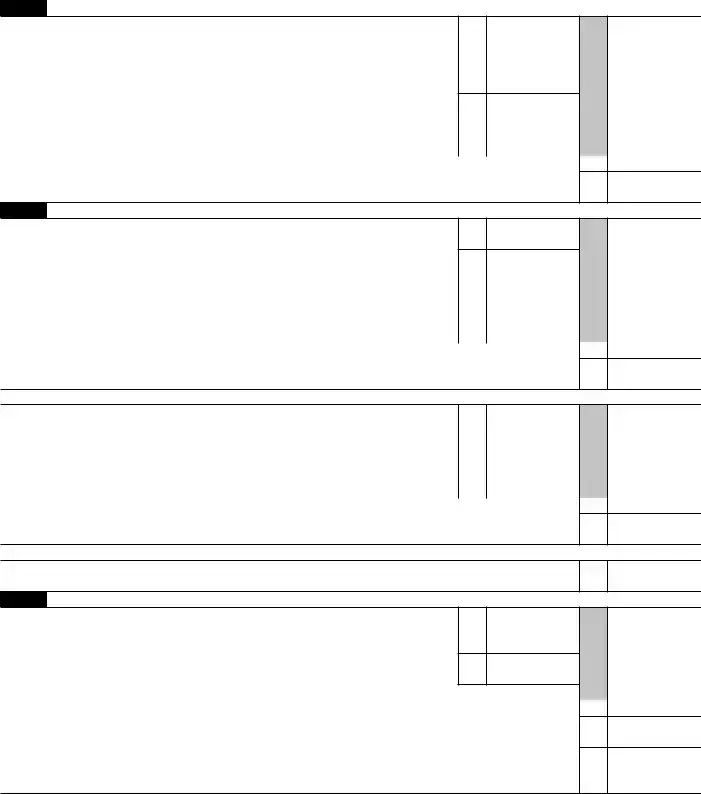The IRS Form 8959 is used to calculate and report Additional Medicare Tax on earnings above a certain threshold. It serves a purpose similar to the IRS Form 941, Employer's Quarterly Federal Tax Return. The Form 941 is where employers report income taxes, social security tax, or Medicare tax withheld from employee's paychecks, and they also pay their portion of social security or Medicare tax. Both forms deal with Medicare contributions, but while Form 8959 is for individual taxpayers, Form 941 is utilized by employers to report payroll taxes.
Similarly, IRS Form 8960, Net Investment Income Tax—Individuals, Estates, and Trusts, shares common ground with Form 8959. Form 8960 is used to calculate the Net Investment Income Tax which applies to individuals, estates, and trusts with income above specified thresholds. Both forms involve additional taxes for higher-income earners, but they focus on different sources of income: Form 8959 targets earnings and self-employment income, whereas Form 8960 centers on investment income.
Form 1040, the U.S. Individual Income Tax Return, is another document closely associated with Form 8959. The Form 1040 is the standard federal income tax form used by citizens or residents of the United States to file an annual income tax return. It encompasses all types of income, deductions, and credits. Earnings that may be subject to Additional Medicare Tax and need to be reported on Form 8959 are initially documented on Form 1040, making Form 8959 a supplementary form for taxpayers who exceed the earnings threshold for additional Medicare contributions.
The W-2 form, Wage and Tax Statement, also relates to the IRS Form 8959. Employers issue W-2 forms to report an employee's annual wages and the amount of taxes withheld from their paycheck. This information is crucial for individuals in filling out their 1040 forms and, accordingly, determining whether they owe Additional Medicare Tax as calculated on Form 8959. The W-2 form provides a basis for understanding one's earnings in relation to the thresholds that trigger the Additional Medicare Tax, necessitating the use of Form 8959 for eligible taxpayers.

